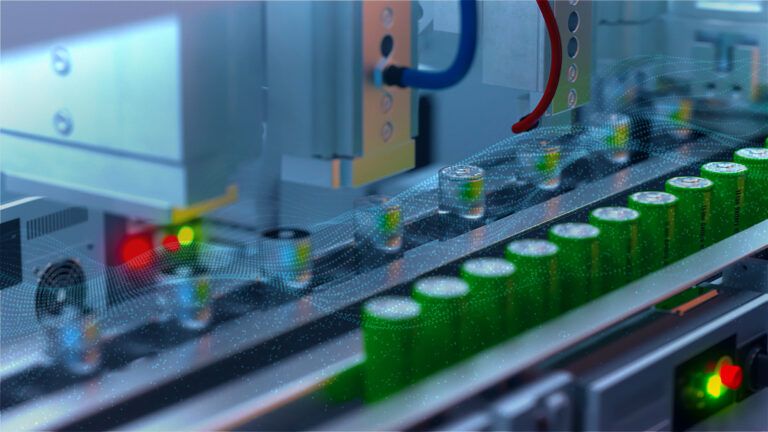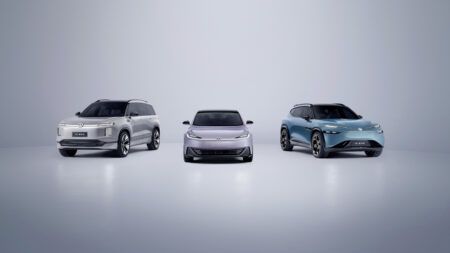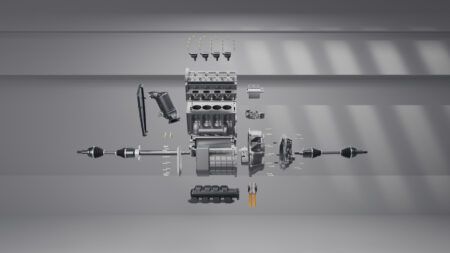Technology company Hexagon has launched a new battery cell design solution that aims to accelerate research and development by combining advanced simulation technologies. The platform integrates Fraunhofer ITWM’s Battery and Electrochemistry Simulation Tool (BEST) with Hexagon’s multi-physics material simulation software, creating a comprehensive ‘virtual laboratory’ for battery design.
Developing new battery cell products has traditionally been a complex and time-consuming process, relying heavily on physical trial-and-error testing. Hexagon’s new solution addresses this challenge by providing a single user interface where researchers can model battery microstructures and explore various design parameters.
The platform allows users to simulate entire battery cell configurations, including electrolytes, separators, active materials, binders, and current collectors. Researchers can investigate multiple aspects of battery design, including optimizing energy efficiency and battery lifespan, developing optimal charging protocols, examining how manufacturing processes affect cell microstructure, and reverse engineering cell structures using 3D metrology software.
“The design and development of cells involve significant challenges due to complex trade-offs between materials, electrochemical design, and manufacturing processes,” said Guillaume Boisot, Senior Director of Materials & Platforms at Hexagon. “Through our partnership with Fraunhofer ITWM, we believe we can help R&D teams pursue better-performing battery cell designs and develop them faster.”
The solution supports various battery chemistries, including lithium-ion, zinc, and sodium batteries. It includes a material properties library that can be extended through Hexagon’s software ecosystem. Users can import microstructures from CT scan analyses or create them directly within the platform.
Mechanical engineers can also leverage the tool to evaluate battery performance, using a Representative Volume Element approach to assess mechanical properties and optimize cell design and safety.
“Battery performance and quality are competitive differentiators, particularly in the automotive market,” said Subham Sett, Vice President of Multiphysics at Hexagon. “We believe we can help manufacturers get a more holistic view of these multiphysics interactions.”





